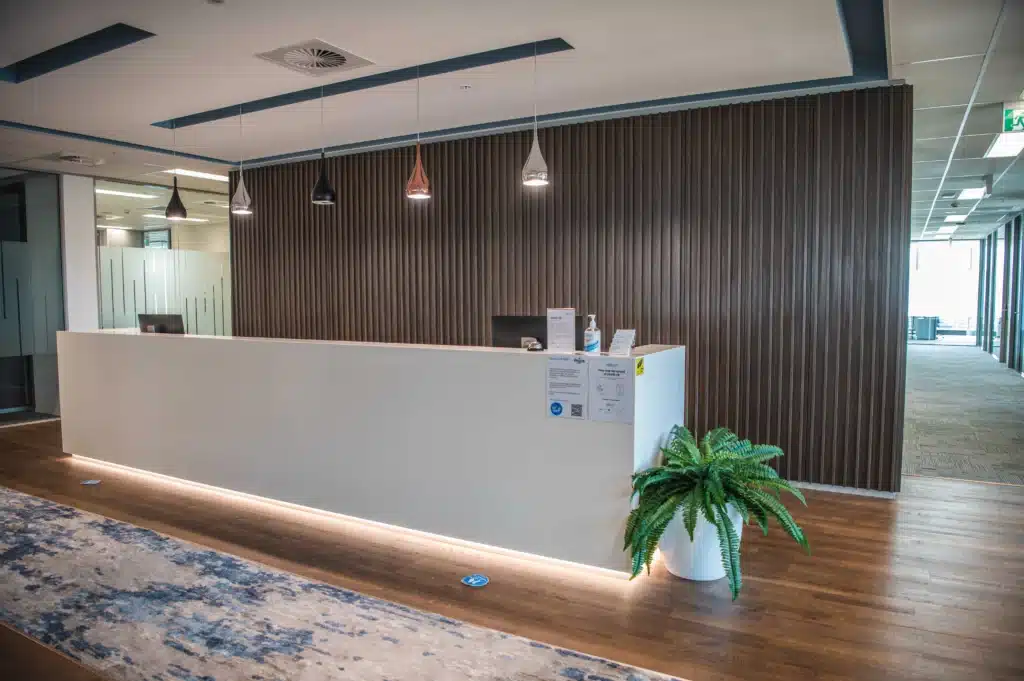In the bustling corridors of Australia’s economy, a new narrative is unfolding. A recent report highlights an immigration surge poised to reshape the landscape of jobs, housing and economic growth. See the government’s Migration Strategy for system-wide settings and timelines.
The Economic Ripples of Rising Immigration
Australia, known for its vibrant multicultural tapestry, is on the cusp of a significant demographic shift. The latest figures suggest an influx of migrants, primarily skilled professionals, could be the key to unlocking new economic potential. This surge is not just a number game; it is about injecting fresh skills into our workforce, spurring innovation and driving robust economic growth. For context on net migration, browse ABS overseas migration.
The rapid increase in population, leading to soaring rents and house prices, has made home ownership increasingly unattainable for many, sparking intense political debates in Australia about immigration levels.
Diana Mousina, Deputy Chief Economist at AMP, comments, “The high pace of immigration is not compatible with the level of housing supply that we have in this country. We’re just not building enough homes to keep up with our population growth.”
Property Market: Boon or Bane?
With every wave of new arrivals comes the inevitable question – what about housing? The property market, a perennial hot topic, is set to feel the impact. This influx could lead to a surge in demand for housing, potentially driving property prices even higher. It is a complex equation of supply and demand, one where every variable counts.
In the past year, Australia has welcomed around half a million migrants. While immigration is just one of many factors influencing housing costs, it significantly boosts the already high demand for housing.
Home Affairs Minister Clare O’Neil, revealing the Albanese Government’s 10-year migration strategy, stated that the system was failing to meet the needs of workers and businesses and was not aligned with the nation’s interests. Read the policy roadmap and eight key actions: Migration Strategy (PDF).
According to the federal government, the newly announced changes will reduce migration levels — to 375,000 next year and further down to 250,000 by 2025. Public reporting on targets and outcomes is covered widely; see a recent summary of the 250,000 goal in the national press and updates from Department of Education.
Key Actions
The Australian Government recently outlined eight pivotal actions in its migration strategy, following insights from Martin Parkinson’s migration review and feedback from 483 public submissions. This strategy aims to reshape the pathway to residency, particularly for low-skilled workers, by focusing on highly skilled individuals:
- Skills in Demand Visa: A four-year employer-sponsored visa replacing the temporary skill shortage framework for many roles, with pathways to PR for highly skilled professionals. See Skills in Demand (subclass 482).
- Specialist Skills Pathway: Targeting highly skilled workers in sectors such as tech and energy, open to eligible applicants (income over $135,000) except for trade workers, machinery operators, drivers and labourers.
- Core Skills Pathway: Simplifying and regularly updating the occupation list to meet current and future workforce needs ($70,000–$135,000 income range). See the evolving skilled occupation list.
- Essential Skills Pathway: A yet-to-be-developed pathway focusing on labour shortages in lower-income roles (under $70,000).
- Temporary Graduate visas — changes include:
- Reducing the length of stay for international graduates
- Preventing holders of the new graduate visas from moving back onto student visas
- Preventing graduates without skills in demand from remaining in Australia
- Reducing age eligibility from 50 to 35 (with limited exceptions)
- Higher English requirements
See official updates: 485 visa changes and Student & Graduate changes.
- Student visas — expected changes include:
- Higher English language levels for applicants
- Reducing the types of courses eligible (focus on higher education)
- Preventing course-swapping and tightening onshore switching
- Increased integrity funding and a strengthened genuine student test
Guidance: English requirements update.
- Talent and Innovation Visa: A new pathway for migrants who can drive growth in sectors of national importance.
- Revised Points Test: Exploring a reformed points test for permanent skilled migration.
- Economic Contribution: The new pathways are expected to add $3.4 billion to the budget over 10 years.
Navigating the Changes with Expertise
In times of change, uncertainty often follows. But with Jameson Law by your side, navigating these shifts becomes less daunting. Whether it is understanding implications for investment, dissecting policy nuances or seeking tailored migration advice, our team can guide you. For a confidential consultation, call (02) 8806 0866 or contact us.













